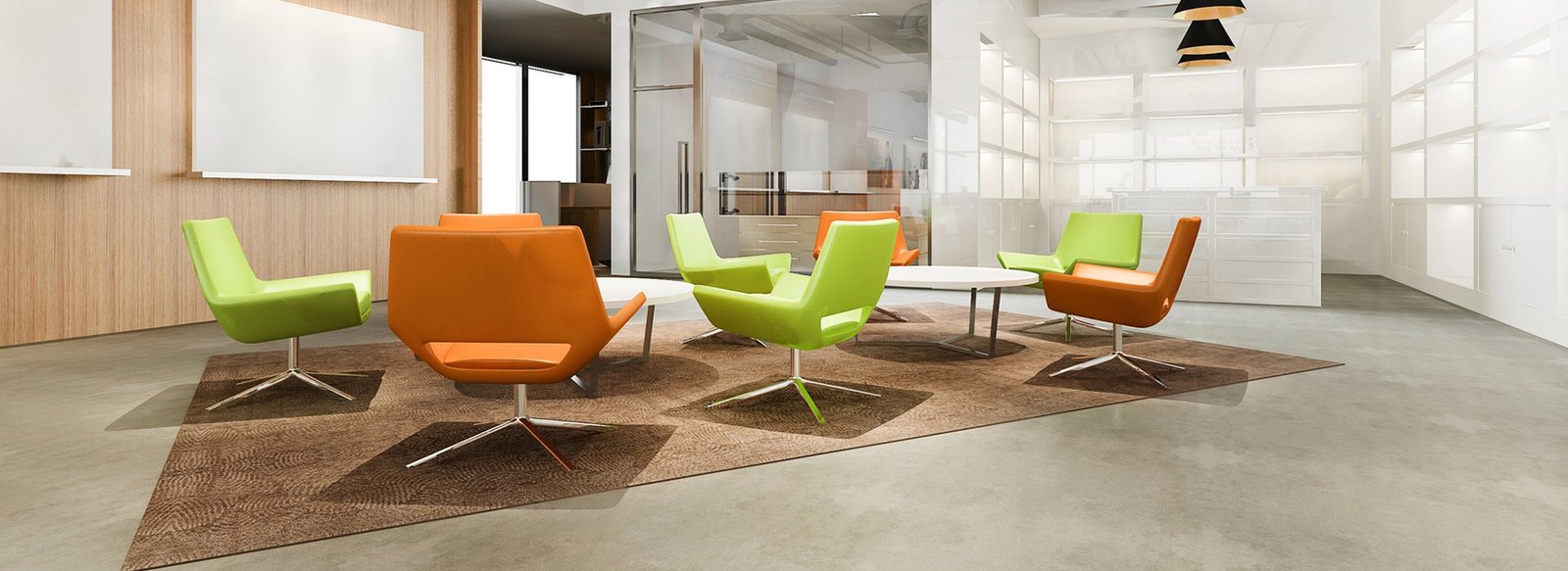INTRODUCTION
The global trade agreements turned UAE into the land of opportunities when it comes to exporting goods, especially in the eyes of Indian exporters. The United Arab Emirates (UAE) has established themselves as one of the trade capitals of the world, with its strategic geographical location, best global infrastructure and progressive thinking trade policies, this has given them unequalled competencies to open up immense opportunities to the exporters of the world and in our case, India. The UAE with its Comprehensive Economic Partnership Agreements (CEPAs) and a friendly business environment provides access to a rich variety of markets and lowered trade barriers along with making the Indian exporters more competitive. In this note, we will look at how the UAE global trade agreements, in particular the UAE-India CEPA, will provide opportunities to Indian exporters, pointing out market access, infrastructure benefits, diversification of an economy and challenges, all through the Indian lens.
THE UAE-INDIA CEPA IS A BOOST TO INDIAN TRADE UAE-INDIA
Comprehensive Economic Partnership Agreement (adopted in May 2022) became a game changer in the export efforts of Indian enterprises. According to the Indian point-of-view, such an agreement has greatly enhanced bilateral trade, which reached $85 billion and the annual Indian exports to the UAE increased at 15%. The CEPA will remove or lower tariffs of more than 80 percent of Indian product lines such as high demand such as textiles, gems and jewellery, pharmaceuticals, agricultural products and engineering goods. As an example, zero or low customs duties have encouraged the Indian basmati rice, spices, and tea to gain competitive advantage in the UAE market because consumers can now afford such goods.
Services exports are another area where the CEPA helps as India exports services, more so in the IT, healthcare, and education services as globally India is considered a leader in the field. Bengaluru and Hyderabad based Indian IT companies have increased their activities in the UAE where they offer business software solutions and digital services to corporations in the gulf region. The agreement also simplifies the regulatory procedures thus minimizing the bureaucracy of the Indian exporters. To small and medium enterprises (SMEs) that contributes more than 40 percent of the India export, CEPA provides access to financing of the trade and market intelligence thus allowing them to be competitive in the dynamic market of the UAE. The mutual investment on which agreement has concentrated on has also persuaded the UAE based firms to invest in Indian manufacturing and more power on export.
ACCESS TO GLOBAL MARKETS VIA THE UAE
The UAE has a trade network agreement with the countries in Asia, Africa, Europe, and Latin America; the network offers to the Indian exporters an opportunity to have the third market. In July 2025, the UAE is already having signed CEPAs with such countries as Indonesia, Israel, Turkey, Kenya, and Ethiopia with a total population of more than 3 billion people. To Indian exporters, this network gives access to high growth markets. As an instance, the deal of the UAE with the African Continental Free Trade Area (AfCFTA) will enable Indian exporters to use the logistic hubs of the UAE to access a market of over 1.3 trillion consumers in 54 African countries. There is a high demand of Indian products in these markets such as pharmaceutical, textiles as well as agricultural machinery and the trade agreements in the UAE decrease tariffs and the custom procedures are simplified.
India and the UAE announce the presence of UAE is especially important in terms of being a re-export hub. More than 60 percent of goods being processed through the UAE are sent back into the world markets, and the Indian exporters can take advantage of this by shipping through the UAE as well. For example, Indian electronics and consumer goods manufactures could export their products to Dubai where they would be processed and exported to Europe, Middle East and Africa under minimum trade barriers. New trade opportunities are also available to Indian exporters who are able to provide raw materials such as chemicals and metals to high-tech industries in Israel through the UAE as they have signed an agreement in the Abraham Accords. The strategic position of the UAE to India in its location, connecting India to Europe, Africa and Asia in general, cuts the shipping time and expanse that boosts the global power of Indian products.
LEVERAGING UAE’S WORLD-CLASS INFRASTRUCTURE
The well-developed infrastructure, such as Jebel Ali Port in Dubai or Khalifa Port in Abu Dhabi, itself supports its trade agreements, and it allows Indian exporters to bring their commodities anywhere in the world hassle-free. Jebel Ali is one of the busiest ports in the world, and more than a million containers are moved there each year, whereas Khalifa Port poses advanced facilities to make a high-volume trade. To Indian exporters, such ports are an efficient source of logistic requirements in time sensitive products such as perishables (e.g. mango fruits and vegetables) and engineering products. The logistic gateways like Dubai Logistic City and KIZAD of Abu Dhabi further smoothens the supply chain, cutting delivery time and fees.
The Indian perspective on these is that free zones such as the Dubai Multi Commodities Centre (DMCC) and Abu Dhabi Global Market (ADGM) that are found in the UAE are game-changers. The zones grant tax concessions to Indian exporters along with 100 % foreign ownership and easy licensing thus providing low-risk environment to expand operations. As an example, exporters of Indian jewellers, especially of Surat and Mumbai, take advantage of the safe logistical and trade facilitation services that DMCC provides to export gold and diamond jewels to Europe and the US. The UAE digital trade platforms including Dubai Trade and the blockchain-based UAE Trade Connect are compatible with India Digital India program, making the process less paperwork and more transparent. The tools are especially beneficial to the Indian SMEs because they can compete with the bigger players in the world market.
ECONOMIC DIVERSIFICATION AND NON-OIL EXPORTS
India wants to expand its export basket beyond the traditional choosing, where trade agreements with the UAE will be able to assist. The CEPA between the two countries, the UAE-India CEPA has accelerated an increase in the share of non-oil exports that reached more than 35 percent of all Indian imports to the UAE by 2024. The industries such as chemicals, plastics, renewable energy components, and processed foods have grown immensely which is in line with the Atmanirbhar Bharat (Self-Reliant India) initiative of India. Take the example of the solar panel and wind turbine producers based in India utilize the trade agreements that the UAE has with sustainable markets and destinations such as Europe, where the demand of green technologies is increasing. The trade agreements that the UAE has with the GCC and Africa have opened GCC and African countries to Indian pharmaceutical companies as they have simplified their access to these markets as a key Indian export sector. The halal certification system of the UAE also encourages Indian producers and exporters of exclusively halal and processed foods, like meat and other food items, to seek the certification toward Muslim countries. This is in line with the rising halal export sector in India especially in the state of Uttar Pradesh and Kerala.
CHALLENGES AND MITIGATION STRATEGIES
Disruptions in the global supply chain, low-cost producers in the Southeast Asia exporters, and geopolitical tensions in the Middle East are some of the existent challenges to Indian exporters. Nevertheless, these risks can be mitigated by diversified trade relations of the UAE and its investment in AI-controlled logistics. As an example, the use of AI in the supply chain management in UAE guarantees resilience that will benefit the Indian exporters who depend on the operations of the stable trade routes. It is quite a challenge that some of the Indian SMEs feel obliged to meet international standards, but this is worked out by the trade facilitation programs offered by the UAE, such as training and certification.
Further benefits await Indian exporters with the UAE desire to extend its CEPA coverage to include 25 percent of the global GDP by 2030. Indian textiles, electronics and pharmaceuticals may have new markets by negotiating with Japan, South Korea and the UK. The UAE environmentally conscious approach to trade will suit the planet-saving intentions of India, opening up new opportunities to sell the products of solar and wind installations. The further development of the India-UAE collaboration with the help of joint ventures and technology transfers will contribute to the increase of export competitiveness of India which is going to be a trillion-dollar economy.
CONCLUSION
The international trade agreements, especially the UAE-India CEPA, have changed the scene of Indian exporters and give an opening to various markets, as they decline trade barriers and exploit the world-class infrastructure. These agreements support India in trade at the global level by promoting SMEs, developing innovation, and integration with the Indian government concerns of diversification of the economy. With the growing trade network of the UAE, Indian exporters are in a good position to tap the new opportunities and make the UAE eventful in the Indian export sphere.



